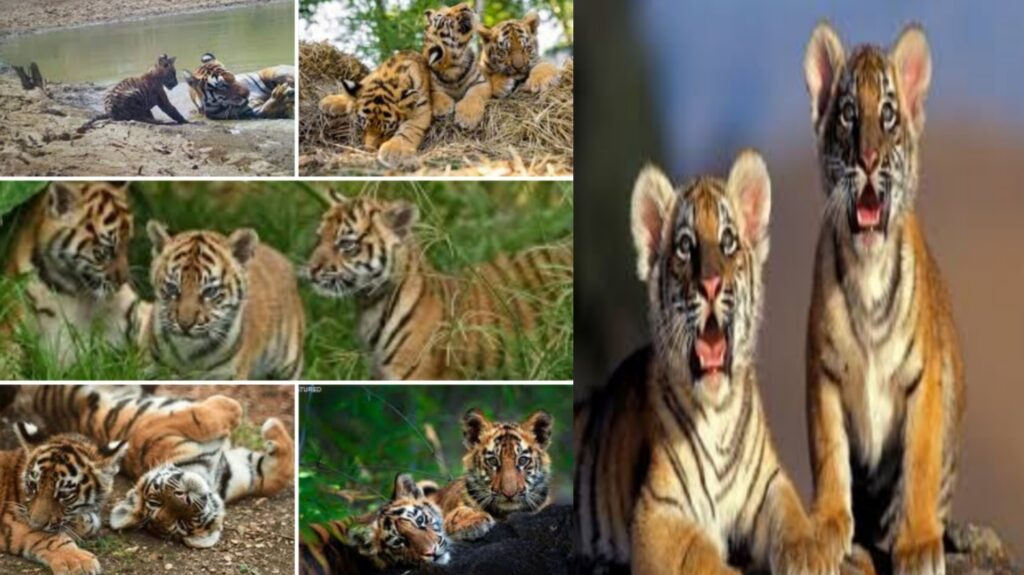
🐯Tiger cubs, like other big cats, develop various skills and habits as they grow. Tiger cubs start learning to hunt by mimicking their mother’s behavior, playing and practicing stalking, pouncing, and ambushing.
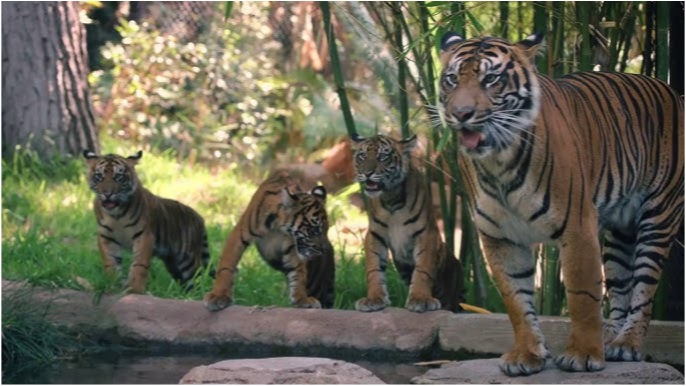
🐯Tigercubs begin to accompany their mother on hunting trips at around 6-8 months, though they aren’t fully independent hunters until they are about 2 years old. Tigercubs engage in play fighting, chasing, and pouncing on objects or each other. This helps develop their coordination, strength, and hunting skills.

🐯Play is also an important way for cubs to socialize with their littermates and mother, learning boundaries and social interactions. Tigercubs mature, they start exploring on their own. Between 1 and 2 years old, they may begin to wander away from their mother, they are still dependent on her for food and protection.

🐯Tiger cubs use vocalizations, body language, and scent-marking to communicate. They may mewl, growl, or use other sounds to express emotions or attract attention. Tigercubs also learn how to mark their territory by rubbing against trees or objects with scent glands.

🐯Tigercubs are natural swimmers, and cubs learn to swim from an early age, often playing in streams or pools. Tigercubs also climb trees, which helps with balance, coordination, and escaping potential threats when they are older.

🐯Mother is central to the cub’s development, providing protection, food, and teaching essential survival skills. Tigercubs remain dependent on their mother for a considerable period, typically around 2-3 years.These skills and habits help the tiger cub grow into a powerful and independent adult.

🐯Like many young animals, tiger cubs often engage in playful behavior to develop their physical skills and social bonds. Tigercubs fights learn about their own strength and establish boundaries with their siblings or peers.
🐯Facts of Tigercubs –
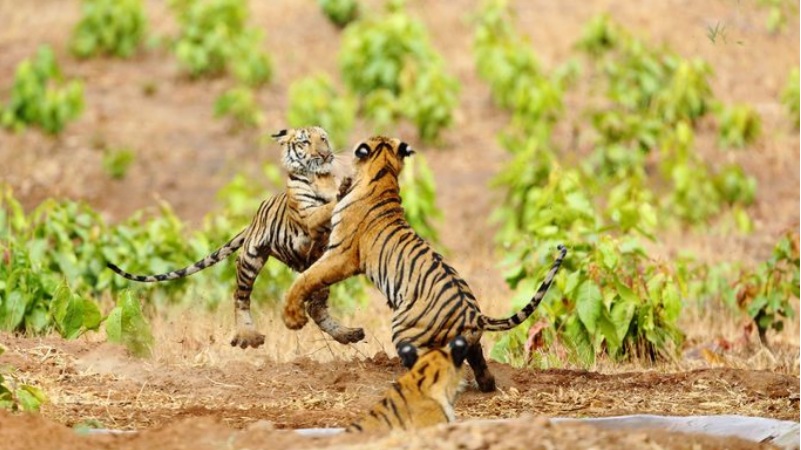
1. Funny fights help tiger cubs understand social hierarchies within their group and develop essential social skills.
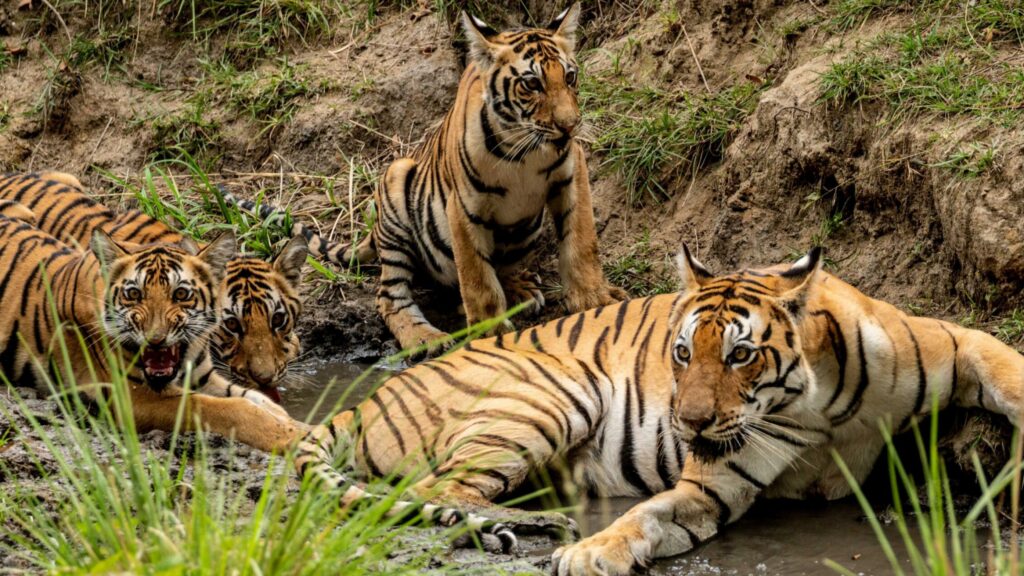
2. Fighting instincts are innate in tigercubs, helping them prepare for future encounters in the wild.

3. Playful fights provide exercise for the tiger cubs, aiding in their physical development and coordination.
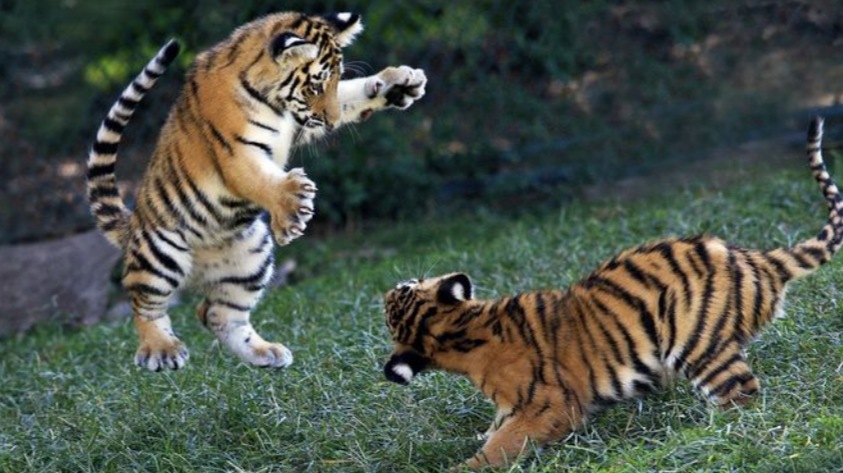
4. Playful interactions can serve as a way for tiger cubs to relieve stress or excess energy.

5. Funny fights strengthen the bond between siblings or members of a tiger litter, fostering cooperation and camaraderie.

6. Tigercubs may engage in playful fights to establish dominance within their group.

7. Through playful interactions, tigercubs explore their environment and test their boundaries.
8. Funny fights help tiger cubs develop the skills necessary for hunting and defending themselves as adults.